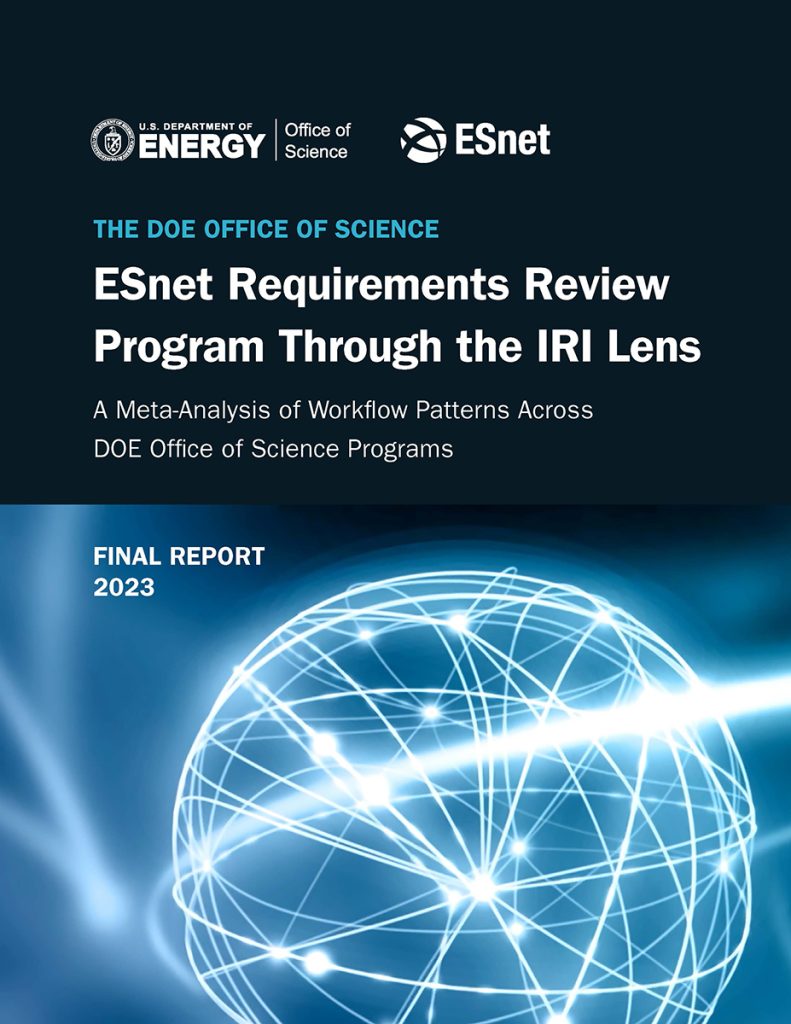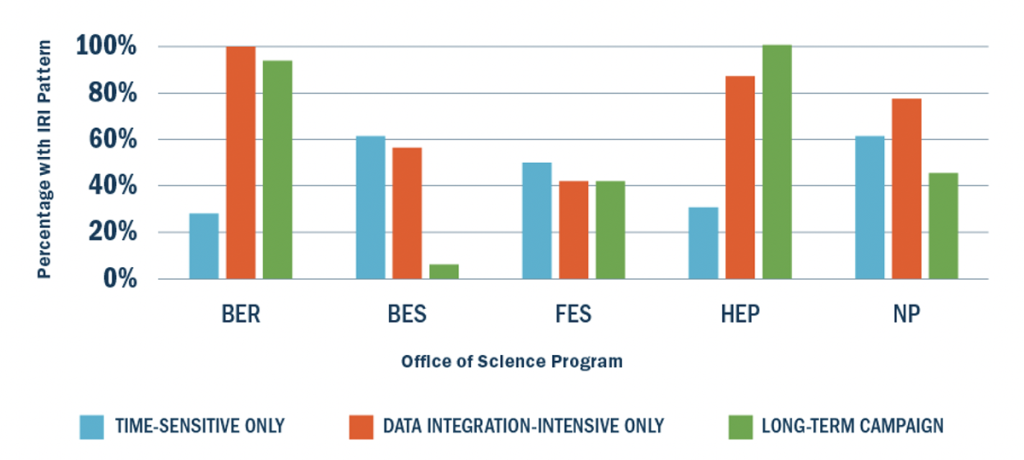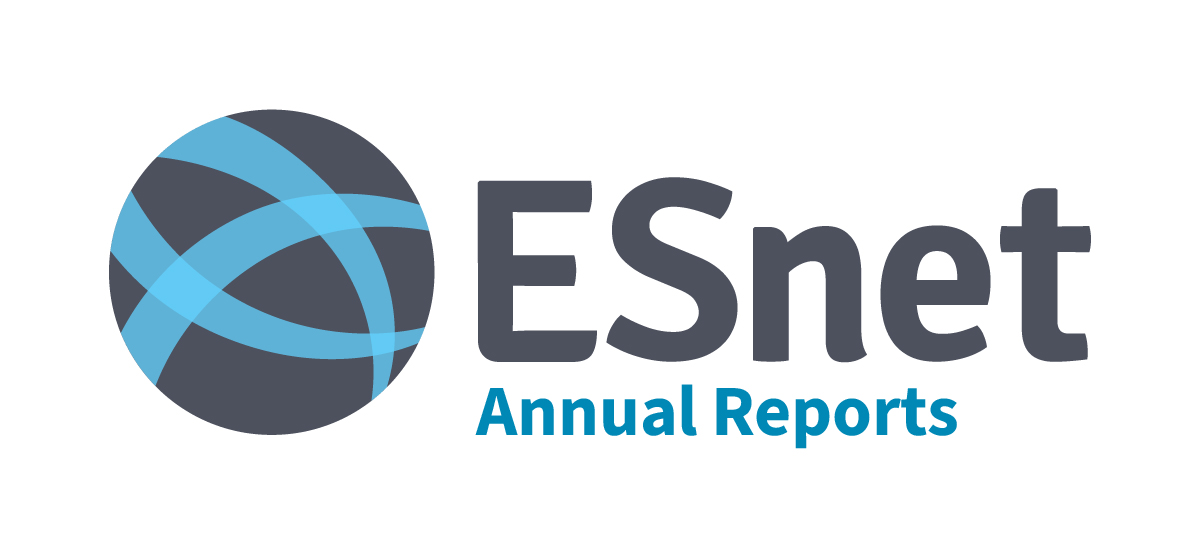Guided by the IRI Architecture Blueprint, in 2023 ESnet staff undertook a meta-analysis of the organization’s recent Requirements Review reports. These strategic planning documents guide the multi-year partnerships between ESnet and the DOE Office of Science (SC) programs whose laboratories, supercomputing facilities, and scientific instruments ESnet’s high-performance network connects.
Eli Dart and Jason Zurawski from ESnet’s Science Engagement team reviewed 74 high-priority case studies collected via requirements reviews between 2019 and 2023, from the SC programs Nuclear Physics, High Energy Physics, Fusion Energy Sciences, Basic Energy Sciences, and Biological and Environmental Research. To each they applied the lens of the three IRI Science Patterns, the broad classes of integrated research workflows with common driving features identified in the IRI framework:

- The Time-Sensitive Pattern: Low-latency workflows requiring real-time, or near-real-time, response across more than one facility or resource for timely decision-making and experiment steering.
- The Data Integration–Intensive Pattern: Requires combining and analyzing data from multiple sources, e.g., sites, experiments, and/or computational runs, to deepen and expand context.
- The Long-Term Campaign Pattern: Requires sustained access to more than one facility or resource, often centered around rare or unique scientific instruments, over years or decades to accomplish a well-defined objective.
The meta-analysis found that a significant number of research workflows across these very different disciplines have similar basic structures that persist over time.

The meta-analysis also showed that a majority of use cases align with more than one IRI pattern, and many with all three.
These similarities can pave the way for common designs that enable higher-performance, better-integrated workflows across SC, inspiring immediate solutions to shared challenges — and as-yet-undreamed-of new capabilities made possible by a fully realized IRI.
